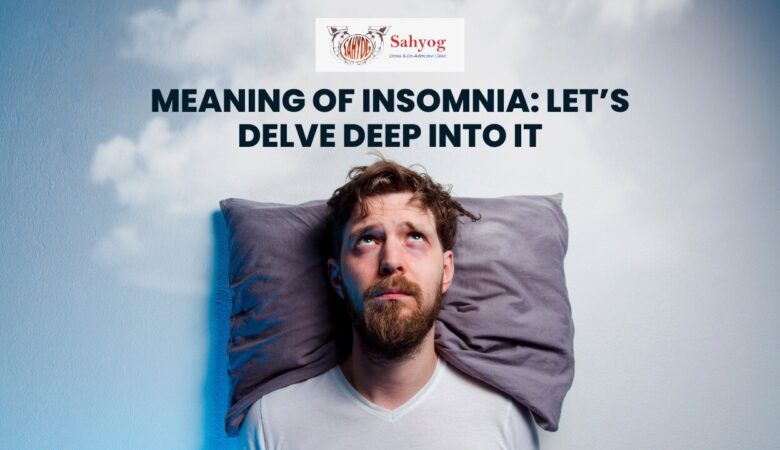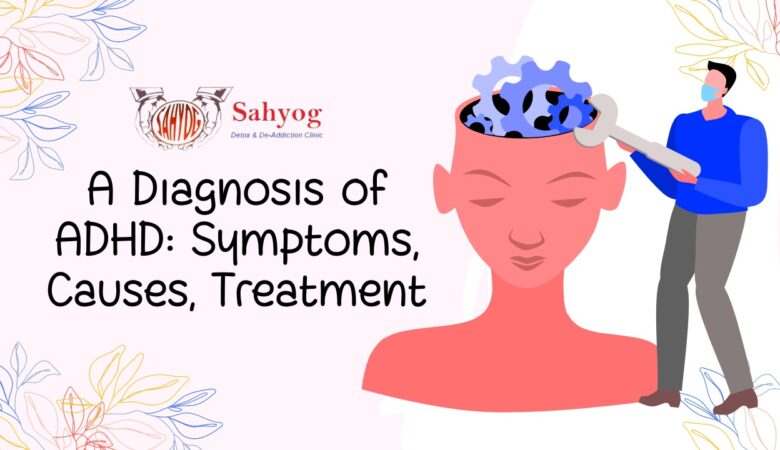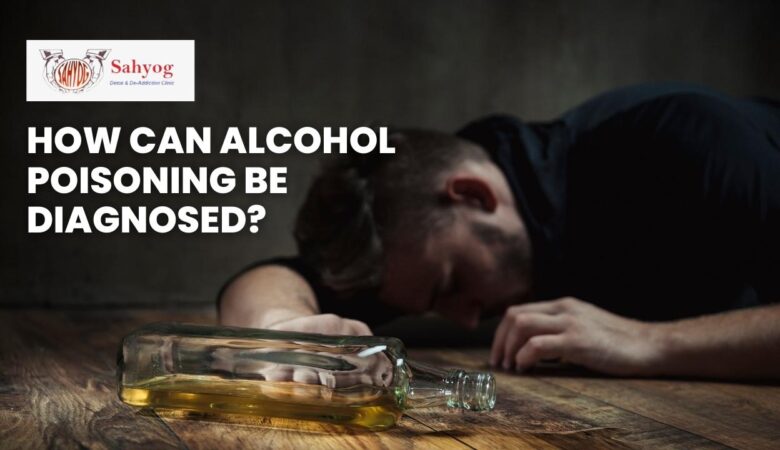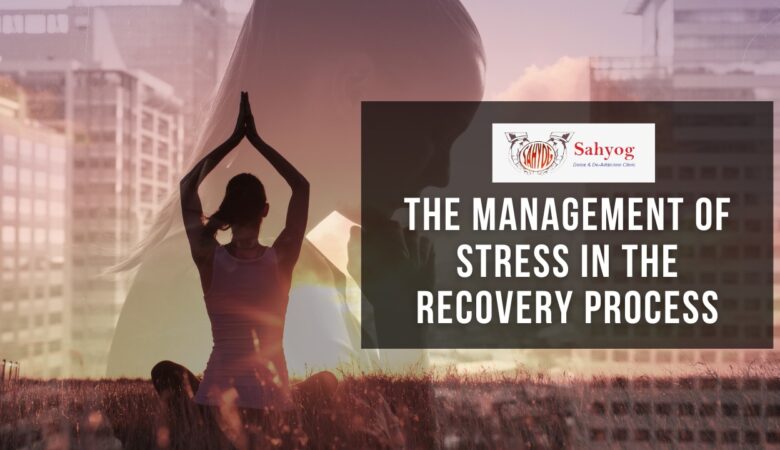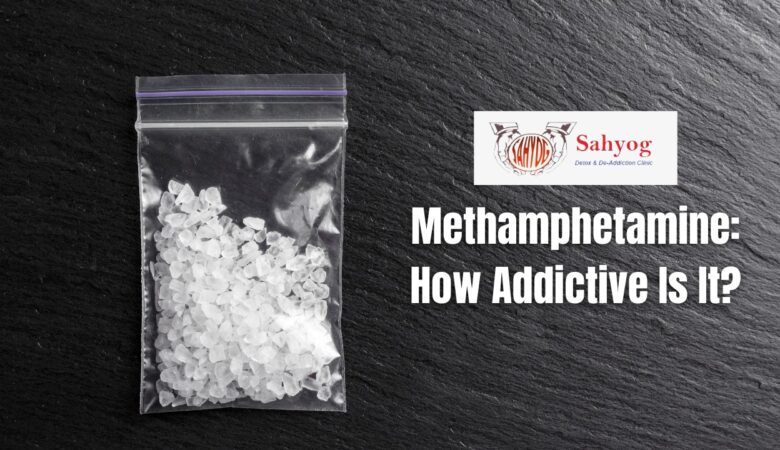Body Dysmorphia: What it is and How it Manifests?
Body dysmorphia is an anxiety-related disorder that causes individuals to have an obsessive and distorted view of their own body. This can manifest in a number of ways, including distress about one’s size, shape, or complexion; excessive concern with grooming or appearance; and a persistent fear of being viewed as unattractive. It is a mental disorder that causes individuals to have an inflated or unrealistic view of their physical appearance. While the exact cause of this disorder is still unknown, it is thought to be caused by a combination of genetic, environmental, and psychological factors. In this article, we will explore the different forms body dysmorphia can take and how they manifest in a person’s life. We will also discuss the different treatments that are available for this disorder, and how you can identify if you may be suffering from the condition. What is body dysmorphia? Body dysmorphia is a mental disorder in which a person experiences significant distress and dissatisfaction with their body. The disorder can manifest in different ways, but typically people with the disorder feel a heightened sense of self-consciousness about their appearance and believe that their physical appearance is significantly flawed. Individuals with the disorder may be preoccupied with their appearance in areas like size, shape, color, and symmetry; feel uncomfortable in their own skin; or have thoughts about suicide or violence. Often, people also experience intense anxiety and intrusive thoughts about their body. Body dysmorphia can be extremely challenging to live with, as it can lead to a lot of negative self-talk and feelings of insecurity. It can also be difficult to seek help, as many people feel ashamed and embarrassed about their condition. However, treatments such as cognitive behavioral therapy (CBT) and medication can help to manage the symptoms of body dysmorphia. Though the disorder can be difficult to diagnose, it’s often associated with other mental health issues, such as anxiety or depression. Treatment typically involves therapies aimed at addressing the underlying causes of the disorder. Symptoms of body dysmorphia Body dysmorphia is a mental disorder characterized by an excessive and persistent obsession with one’s own appearance, which can interfere with daily life. People with this disorder typically have a distorted view of their own bodies, which can lead to significant stress and impairment. Since the mental disorder can affect anyone at any stage in life, it can be difficult to identify and understand. However, there are some common signs and symptoms to watch for. Symptoms of body dysmorphia can vary, but often include: Obsession with unrealistic thoughts or images of one’s own body Extreme concern about one’s size, shape, or weight A preoccupation with skin blemishes or irregularities Unhealthy eating habits or a refusal to eat because of fear of gaining weight A heightened sensitivity to the way one looks in mirrors Feeling constantly judged by others Persistent and recurrent sense of dissatisfaction with one’s appearance In addition, people with body dysmorphia may be preoccupied with the idea of being “perfect” and may become excessively critical of their own physique. The mental disorder is not just limited to people who are overweight or obese; it can affect anyone who feels self-conscious about their looks. The most common age group affected is young adults, but the condition can occur at any age. Body dysmorphia can be difficult to diagnose and treat, but there are ways to manage it. If you think you may have body dysmorphia, talk to your doctor. While the disorder can be debilitating, it is not always fatal. There is currently no cure for the disorder, but there are treatments available that can help lessen its effects. If you think you may be suffering from body dysmorphia, talk to your doctor. Why Body Dysmorphia Occurs? Body dysmorphia is a term used to describe an abnormal and persistent fixation on a certain body part or parts. People often have a distorted view of their own bodies. The causes are still unknown, but it seems likely that there is a combination of genetic and environmental factors involved. Some people may be predisposed to developing body dysmorphia because of factors such as their gender, appearance, or size. Others may develop body dysmorphia after experiencing negative experiences with their own bodies, such as bullying or sexual assault. There is no cure for the disorder, but treatment can help manage the symptoms. Treatment typically includes therapy and medication, but other measures, such as self-esteem counseling and weight management programs, may also be helpful. It is important to remember that people with body dysmorphia are just as capable of enjoying life as anyone else. Treatment can help them manage their symptoms and enjoy the same level of success in life as everyone else. Treatment typically focuses on addressing the underlying causes of the disorder, such as cognitive therapy or medication for anxiety or depression. In some cases, surgery may also be necessary to correct cosmetic problems that have become problematic due to body dysmorphic disorder. What can be done to overcome body dysmorphia? Body dysmorphia is a mental disorder in which an individual experiences an excessive and persistent concern with their physical appearance. This can manifest in a number of ways, including an intense and irrational preoccupation with certain physical flaws, an intense dislike or fear of one’s own body, and distress over how one looks in comparison to others. Despite its name, it does not always involve a discrepancy between an individual’s perceived image and their actual body size or shape. In fact, many people feel that they have too much muscle or are too thin, regardless of their actual physique. However, the obsessiveness and dissatisfaction with one’s appearance typically override any sense of self-love or well-being. There is no single cure for body dysmorphia, but therapies that focus on reducing the sufferer’s anxiety and improving their self-esteem may be most effective. Additionally, support groups for people with body dysmorphia are available online and in some cities. These groups can provide valuable support and resources

